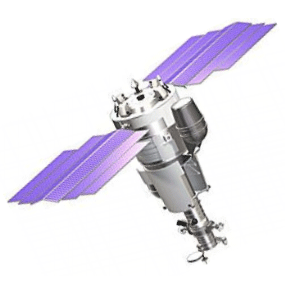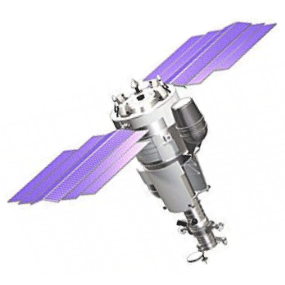Tantalizing cosmic-ray electrons
In 2009, the satellite-borne instrument PAMELA reported that high-energy cosmic rays contained an unexpectedly large ratio of positrons to electrons. The excess flux of positrons suggested that perhaps the propagation of cosmic rays through space was different than had been assumed, or models needed to account for additional astrophysical sources, such as supernova remnants or dark matter particles—the latter being a particularly exciting possibility.
If additional sources are indeed at play, they should contribute roughly equally to positrons and to electrons, but in comparison to the larger electron flux, the contribution from extra sources would be more difficult to see than with positrons.
Now a new report from the PAMELA Collaboration appearing in Physical Review Letters contributes data on the absolute spectrum of electrons, for the first time at energies above . Although the new data can be fit reasonably well with a standard-model calculation of cosmic-ray propagation, a somewhat better fit can be obtained by including additional sources of electrons in the calculation. (These same additional sources provide a good fit to the excess positron fraction that PAMELA observed earlier.) The data are also consistent (within errors) with results from the Fermi Large Area Telescope, which measured the combined contribution from positrons and electrons and provided some support for the new sources hypothesis.
Although the new PAMELA results support the earlier tantalizing indications of additional sources of cosmic rays, the field is not yet at the point of confirming their existence or nature. – Stanley Brown





